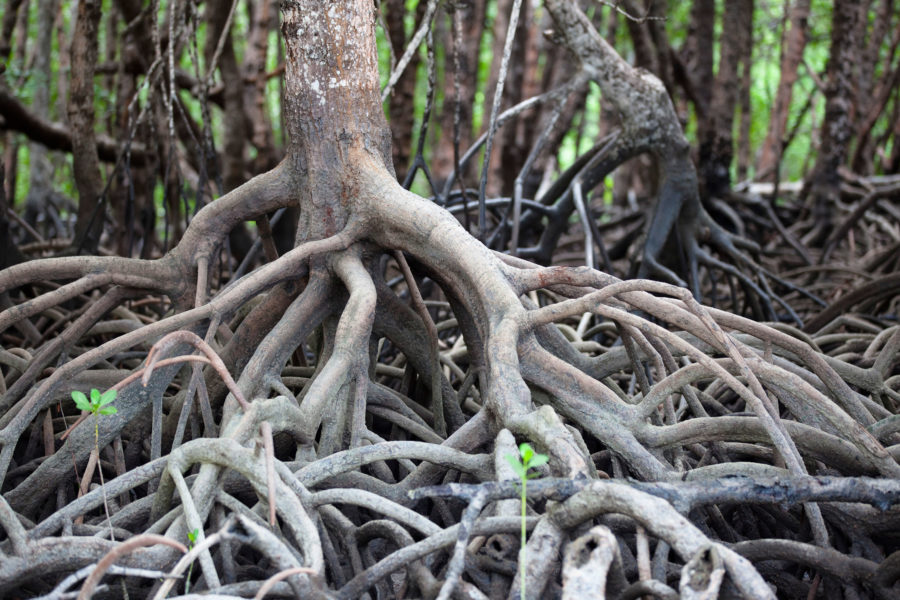
40 million mangroves are dead and the Moon is to blame. Or is it?
What caused the world’s largest die-off of mangroves? A wobble in the Moon’s orbit is partly to blame.

What caused the world’s largest die-off of mangroves? A wobble in the Moon’s orbit is partly to blame.

Mangrove forests are rapidly expanding on remote sand cays in the northern Great Barrier Reef, capturing carbon and helping tiny islands grow despite rising sea levels.
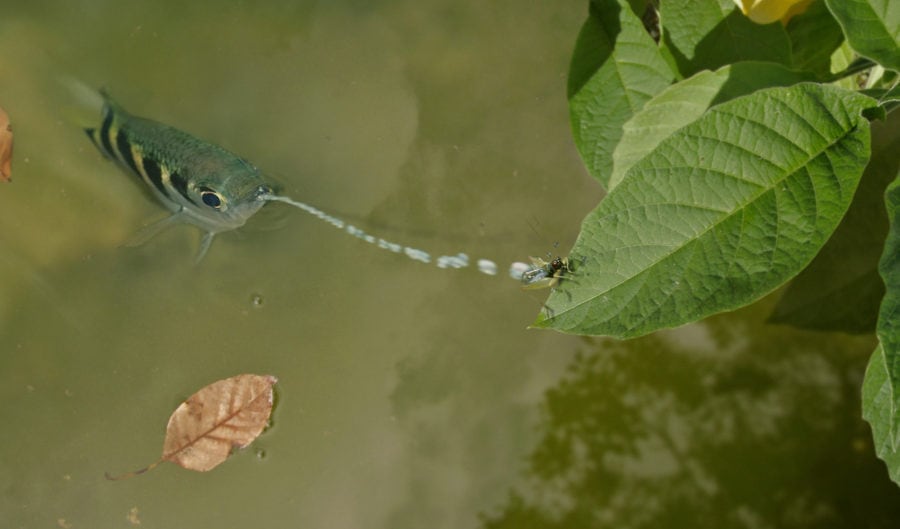
This very special fish practises social distancing even when hunting.

Climate change scientists say Australia needs to take a far bolder approach to conservation to stop further deterioration of our environment in a new report by the Climate Council.
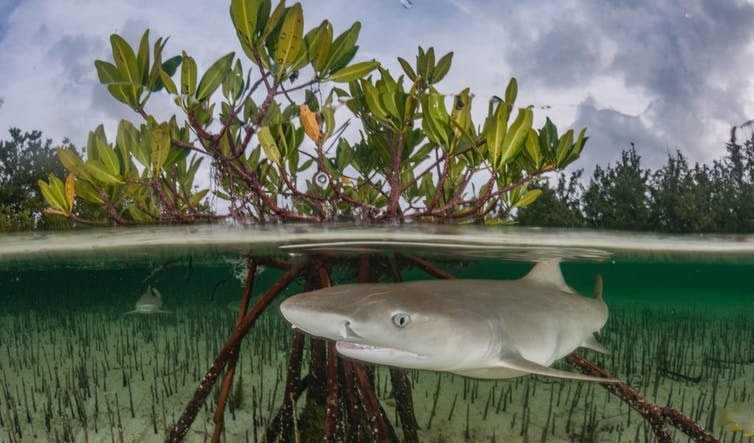
When we think of mangrove forests, seagrass meadows and saltmarshes, we don’t immediately think of shark habitats.
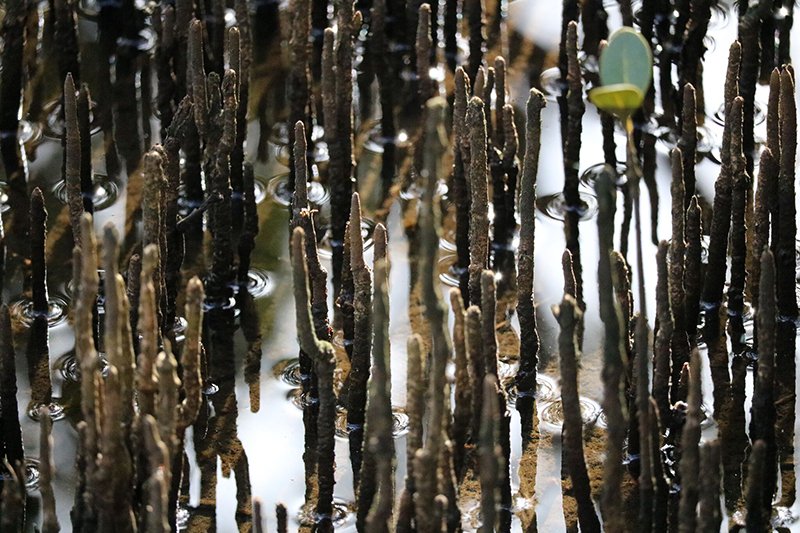
Researchers have found that by accounting for the impact of man-made structures on sea-level rise in our wetlands, the rate at which these vital ecosystems are predicted to disappear is increased by 50 per cent.
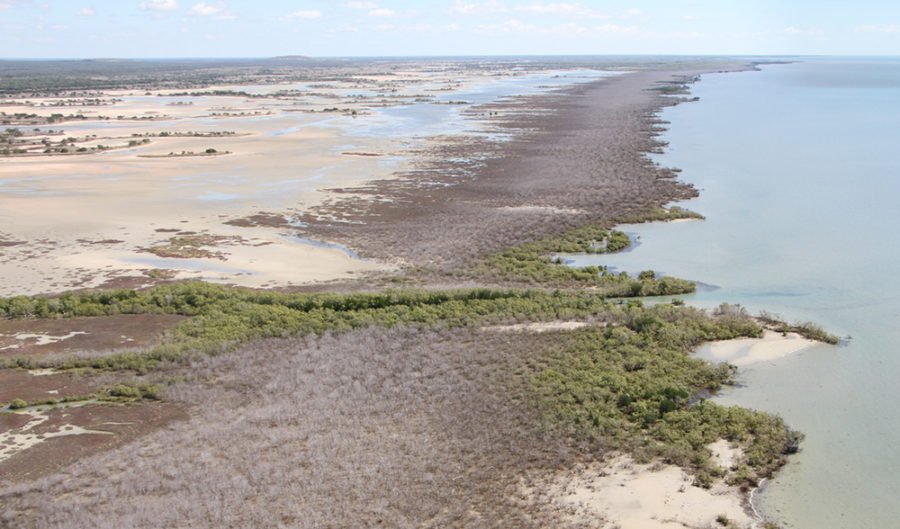
In early 2016 reports appeared that vast swathes of mangroves had died in the Gulf of Carpentaria. It now appears heat and drought were to blame.